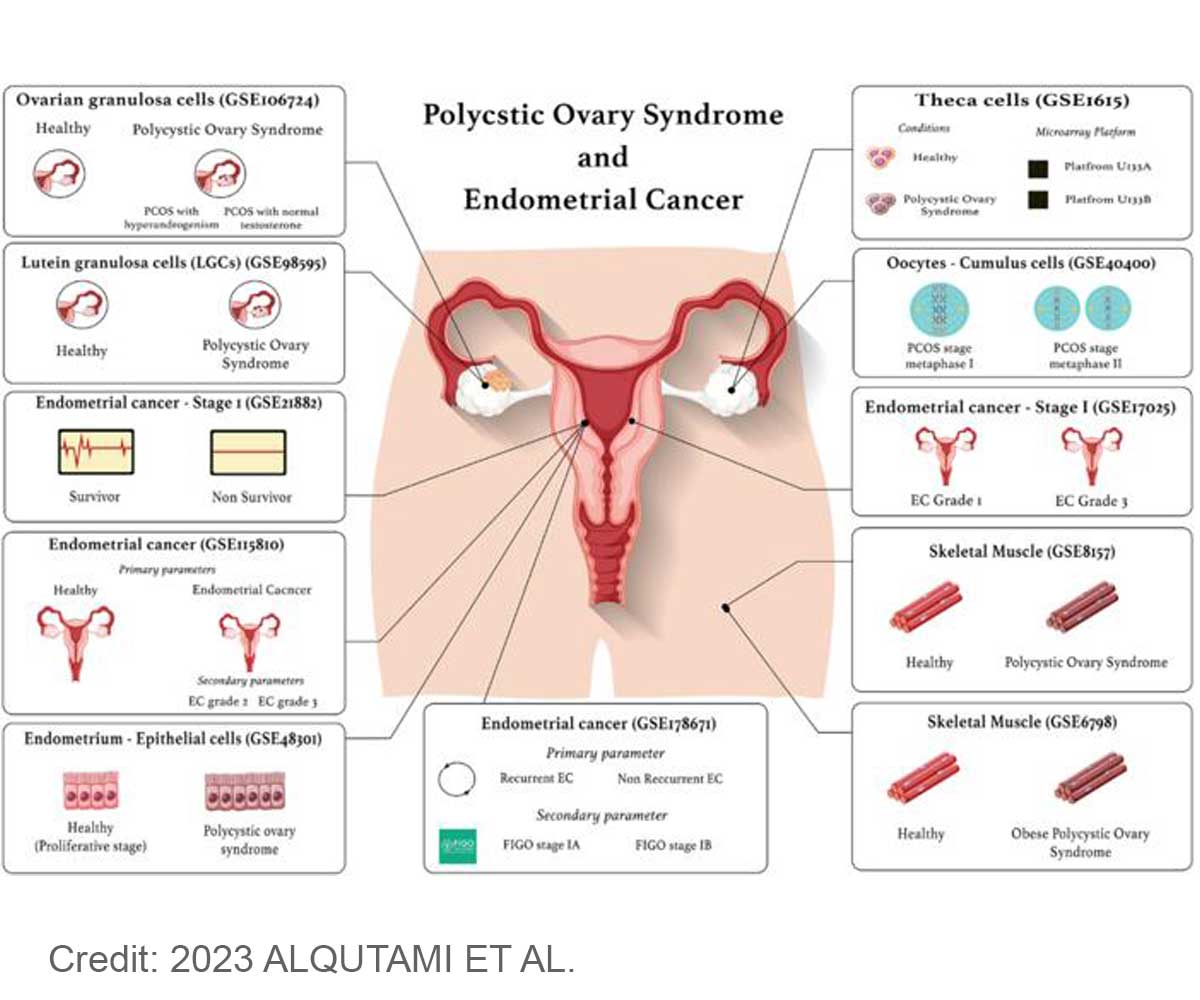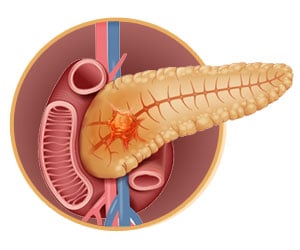A recent study highlights the promise of combining mirvetuximab soravtansine and pembrolizumab conjugates with immunotherapies for endometrial cancer patients.

‘The potential of combining mirvetuximab soravtansine and pembrolizumab conjugates with immunotherapies for shows promising results in individuals with endometrialcancer. #uterinecancer #medindia’





“This is a really encouraging response rate,” said principal investigator Rebecca Porter, MD, PhD, a medical oncologist in the Gynecological Oncology Program of Dana-Farber’s Susan F. Smith Center for Women’s Cancers. Serous endometrial cancers make up approximately 5% of endometrial cancer cases, but account for about 40% of deaths from the disease. It is an aggressive subtype with poor outcomes.
Targeting FRα in Serous Endometrial Cancer
About 30% of patients with serous endometrial cancer have tumors that express FRα, the target of mirvetuximab soravtansine, an antibody-drug conjugate (ADC). ADCs work by pairing a potent anti-cancer drug with an antibody that directs the drug to cells that express a certain marker, such as FRα. In earlier work, it was shown that serous endometrial cancers likely have the highest expression of FRα, which provided the rationale to focus on this population in the current study.In this study, Porter and colleagues opted to combine the ADC with pembrolizumab, an immune checkpoint inhibitor (ICI), based on preclinical evidence suggesting the two might be synergistic. ICIs release the brakes on the immune system so anti-tumor T cells can attack the cancer. They don’t tend to be active in MSS/pMMR serous endometrial cancer on their own. But preclinical evidence suggests that the ADC can alter immune cells in the tumor microenvironment in ways that could increase T cell infiltration into the tumor and enhance the effects of the ICI.
“We had a strong rationale for the combination and hoped it would be better than either drug alone,” Porter said.
Advertisement
In the first 16 patients treated, 37.5% of patients achieved an objective response. One patient achieved a complete response, and an additional five patients had a partial response. Five additional patients had stable disease. Therefore, the trial met its primary endpoint for both stages with more than four objective responses. Furthermore, two patients were progression-free for more than six months, one of them for nearly 12 months and the other for over 18 months.
Porter has also observed that some patients are progressing sooner than others. She and her team will be doing additional analyses to determine if there are molecular changes in the tumors or features of the microenvironment that can predict either response or resistance to the combination.
“Our next steps are to dive deeper into the potential mediators of the differences in response we’re seeing,” Porter said. “Our goal is to improve the duration of response for those who do respond to the combination.”
Source-Newswise















